Gardening is more than just planting seeds—it’s about creativity, sustainability, and adding a personal touch to your green space. In today’s eco-conscious world, upcycling old items into planters has become a popular way to reduce waste while giving gardens and homes a unique charm. Instead of discarding unused objects, you can transform them into stunning containers for plants. From worn-out boots to antique furniture, the possibilities are endless.
This article explores creative ways to upcycle everyday items into planters, practical tips for making them functional, and the aesthetic benefits of introducing these unique containers into your garden or home.
Why Choose Upcycled Planters?
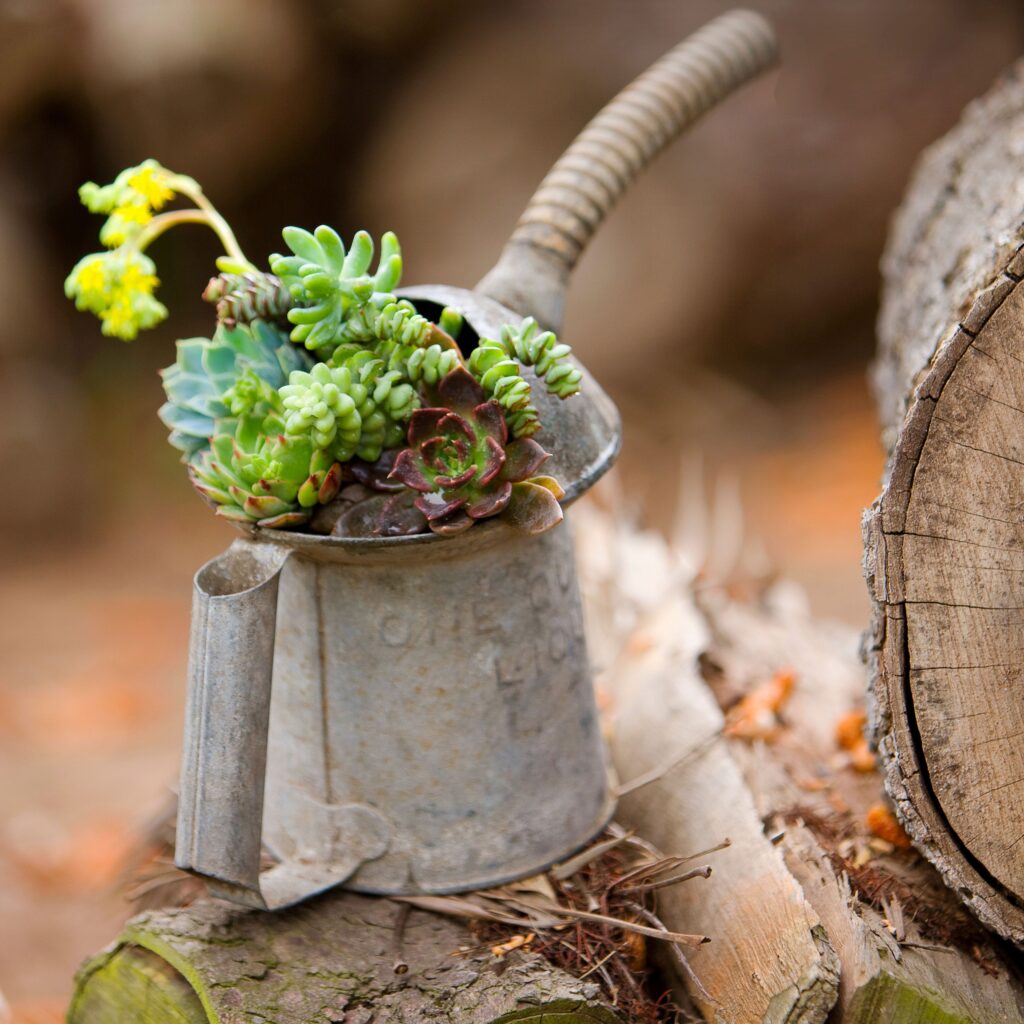
Before diving into the ideas, it’s important to understand why upcycling is such a powerful choice:
- Eco-Friendly Gardening
By reusing items, you prevent them from ending up in landfills, contributing to a greener planet. - Cost-Effective
Upcycling eliminates the need to purchase new pots or planters, saving money. - Unique Aesthetic
Unlike store-bought pots, upcycled planters add individuality and character to your garden. - Creative Expression
Every project is an opportunity to unleash your imagination and showcase your personality. - Conversation Starters
Guests and neighbors will admire the quirky and innovative displays, making your garden memorable.
10 Creative Ideas for Upcycling Old Items Into Planters
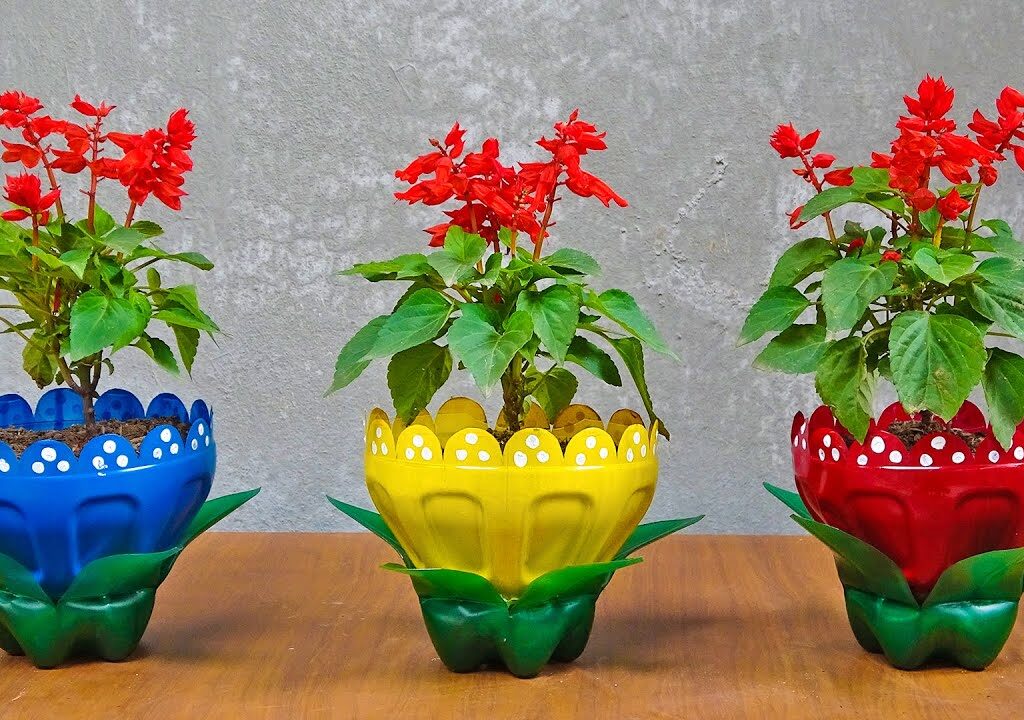
1. Vintage Tea Pots and Cups
Old teapots, coffee mugs, or cups with chips and cracks make perfect homes for small succulents, herbs, or flowers. Their compact size makes them ideal for windowsills, balconies, or even kitchen counters. Drill a small hole at the bottom for drainage, and you’re good to go.
2. Rusty Wheelbarrows
A broken wheelbarrow might seem useless, but with a little creativity, it can become a show-stopping flower bed. Fill it with colorful blooms like petunias, marigolds, or geraniums. The mobility of the wheelbarrow also allows you to reposition it depending on sunlight.
3. Old Boots or Shoes
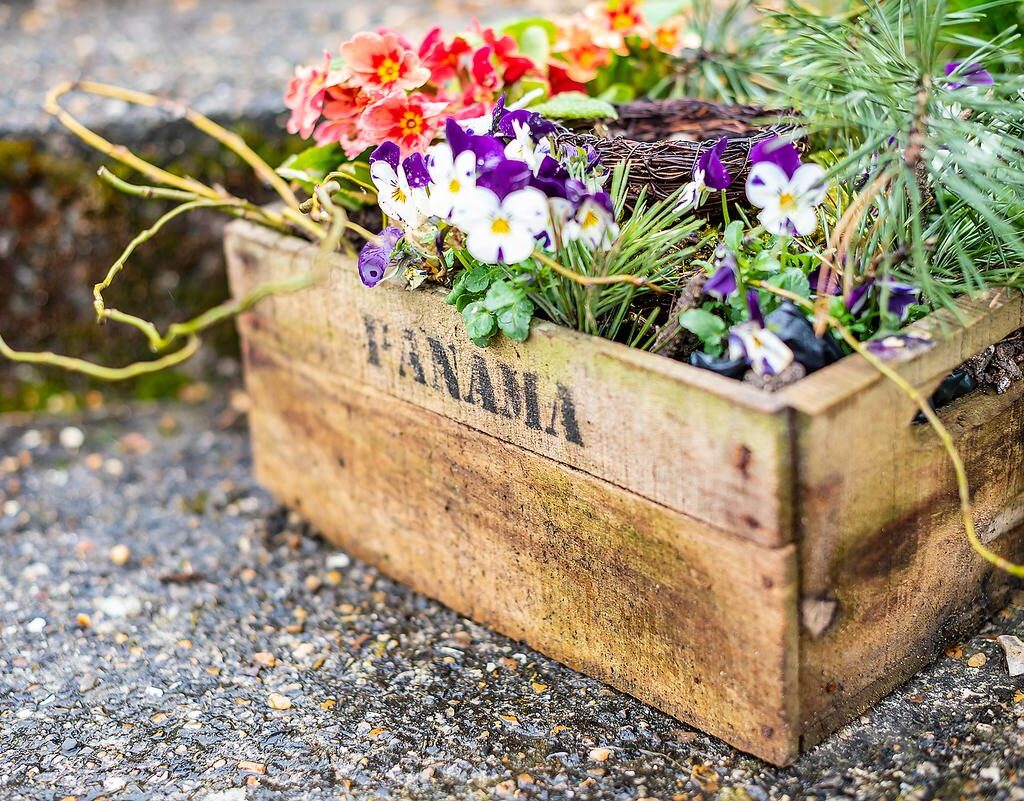
Instead of discarding worn-out shoes, give them a second life as quirky planters. Leather boots work especially well because they provide durability and a rustic look. Fill them with soil and grow trailing plants like ivy, or small flowers for a whimsical effect.
4. Wooden Crates and Drawers
Vintage wooden crates or drawers can be transformed into rustic planters for herbs or seasonal flowers. Line them with landscaping fabric to prevent soil leakage, and add a coat of weatherproof sealant if placing them outdoors. Stacked crates can even create a vertical garden.
5. Bathtubs and Sinks
An old claw-foot bathtub or sink can become a large centerpiece planter for your backyard. These items provide ample space for growing shrubs, vegetables, or a mix of vibrant flowers. Their vintage charm instantly elevates the look of your garden.
6. Bicycles with Baskets
If you have a rusty, unused bicycle, give it a second life by planting flowers in its baskets. Add a few trailing plants for a cascading effect. Place the bike against a wall or fence as a decorative accent.
7. Tires
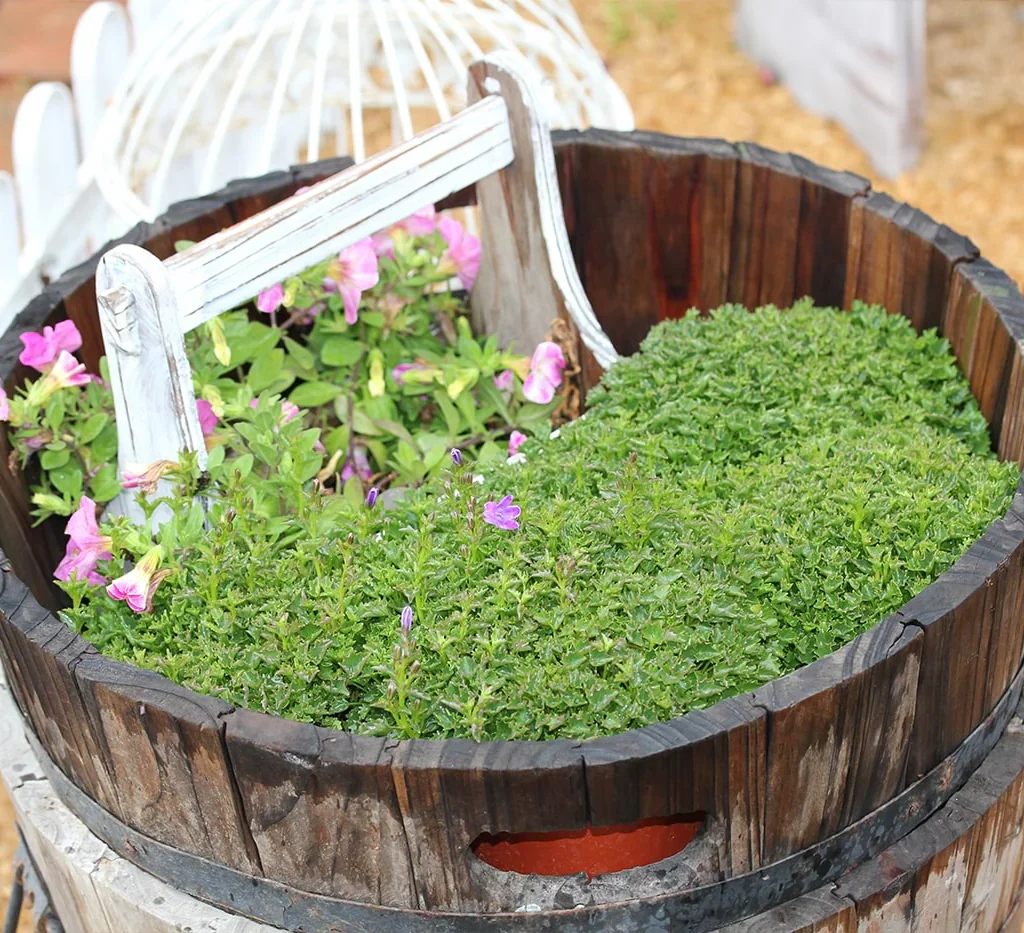
Instead of burning or discarding old tires, paint them with bright, weather-resistant colors and use them as planters. You can stack them, hang them on walls, or simply place them flat on the ground. They’re great for growing ornamental plants or small shrubs.
8. Kitchen Colanders and Pots
Old colanders already come with drainage holes, making them perfect planters. With a quick paint job, they can become colorful additions to your balcony or garden. Similarly, dented cooking pots or pans can also be reused with a little creativity.
9. Furniture Planters
Transform old furniture such as dressers, cabinets, or chairs into statement planters. For example, drawers can be pulled out and filled with cascading flowers, while an old chair seat can hold a potted plant. This gives your garden a vintage, eclectic charm.
10. Plastic Bottles and Containers
Plastic waste can easily be upcycled into functional planters. Cut bottles in half, paint them, and hang them on walls for a vertical garden. Larger containers like gallon jugs can be repurposed for herbs or leafy greens.
Tips for Making Upcycled Planters Functional
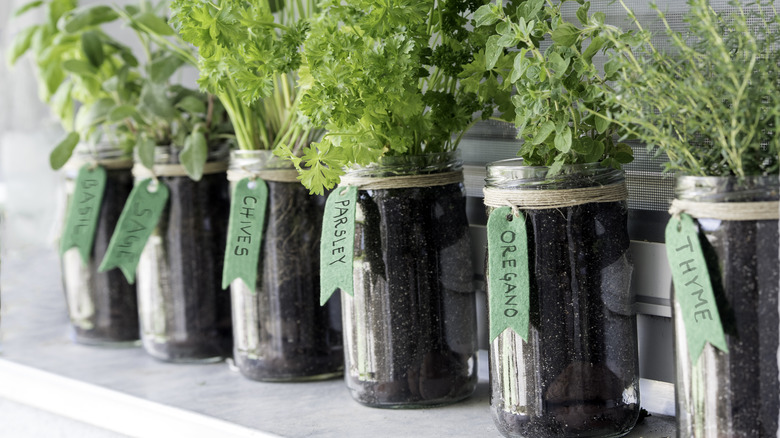
While upcycling is fun and creative, functionality is equally important for plant health. Here are key tips to ensure success:
- Ensure Proper Drainage
Most plants dislike soggy soil. Drill holes at the bottom of items without natural drainage. - Use the Right Soil Mix
Match the soil type to the plant’s needs—succulents need sandy soil, while vegetables require nutrient-rich mixes. - Consider Plant Size
Don’t overcrowd small containers with large plants. Choose compact species for limited spaces. - Weatherproof When Necessary
For wooden or metal items placed outdoors, apply a sealant to protect against moisture and rust. - Placement Matters
Ensure the planter gets the right amount of sunlight or shade depending on the plants you’re growing.
Best Plants for Upcycled Planters
Not all plants are suited to unconventional containers. Here are some great options for your upcycled planters:
- Succulents & Cacti: Perfect for small containers like mugs, boots, or bottles.
- Herbs (Mint, Basil, Parsley, Thyme): Great for teapots, drawers, or crates.
- Trailing Plants (Ivy, Pothos, Petunias): Ideal for baskets, bicycles, or furniture.
- Compact Flowers (Marigolds, Pansies, Begonias): Work well in boots, tins, or colanders.
- Vegetables (Lettuce, Spinach, Radishes): Best for larger items like bathtubs, tires, or crates.
Aesthetic and Lifestyle Benefits
Upcycling old items into planters does more than beautify your home and garden:
- Adds Personality
Every upcycled planter tells a story, whether it’s a childhood toy, a vintage teapot, or a piece of furniture with memories attached. - Encourages Sustainable Living
It fosters an eco-friendly lifestyle by reducing waste and repurposing everyday items. - Budget-Friendly Gardening
You don’t need expensive pots to create a stylish garden; creativity is enough. - Boosts Mental Well-being
Engaging in creative gardening reduces stress, improves mood, and enhances mindfulness.
Conclusion
Upcycling is more than a gardening trend—it’s a movement toward sustainability, creativity, and personal expression. By transforming everyday objects into unique planters, you not only reduce waste but also add character and charm to your living spaces. Whether it’s an old teapot on the kitchen windowsill, a bathtub filled with vibrant flowers, or a bicycle covered in cascading blooms, these creations breathe new life into forgotten items.
So, the next time you think of throwing something away, pause and ask: Could this become a beautiful planter? Chances are, it can—and your garden will thank you for it.

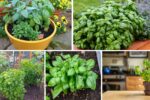

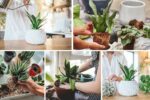

Leave A Comment